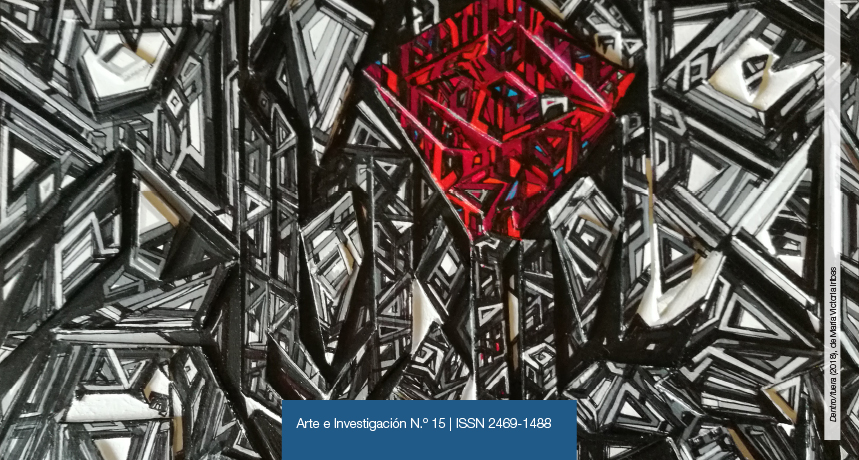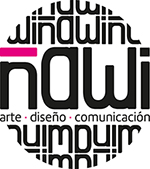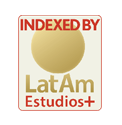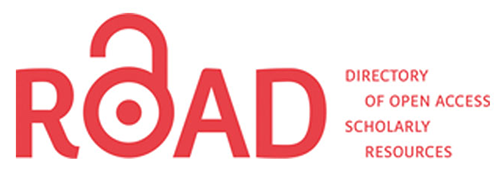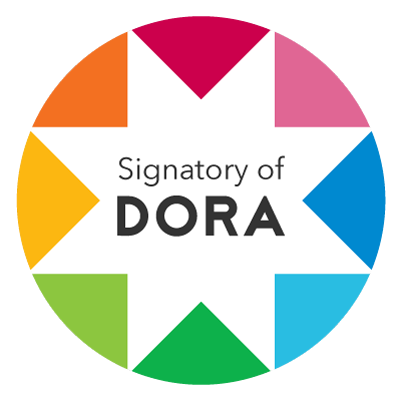The Presence of Theory in Disciplinary Argumentation
Keywords:
Design, investigation, educationAbstract
The starting point of this research project is the analysis and detection of a series of debates around the incorporation of rights and theoretical contributions to the argumentation of disciplinary work. Designers are not mere facilitators of communications, but active participants in the production of messages that put values, ethics and social behavior at stake. A critical vision of its national and international reality that allows developing predictive actions on the resulting social and economic effects, directly or indirectly, in relation to the different visual messages that they produce. We understand the designer as a cultural producer, who must have a qualitative conscience in the context and the ethical positioning that he puts into play in his production.Downloads
References
Chávez, N. y Belluccia, R. (2006). La marca corporativa. Gestión y diseño de símbolos y logotipos. Ciudad Autónoma de Buenos Aires, Argentina: Paidós.
Frascara, J. (1997). Diseño gráfico para la gente. Comunicación de masas y cambio social. Ciudad Autónoma de Buenos Aires, Argentina: Infinito.
Margolin, V. y otros. (2005). Las rutas del diseño. En sayos sobre teoría y práctica. Ciudad de México, México: Designio.
Tapia, A. (2004). El diseño gráfico en el espacio social. Ciudad de México, México: Designio.
Downloads
Published
How to Cite
Issue
Section
License
The acceptance of the manuscript by the magazine means the non-exclusive cession of the property rights of the authors in favour of the editor, who allows the reuse, after publication (post print), under a license Attribution-NonCommercial-NoDerivatives 4.0 International. According to these terms, the material can be copied and redistributed by any means or in any format as long as a) the author and original source of the publication are quoted (magazine and URL of the work), access to the license is provided and whether changes have been made is mentioned; and b) the material is not used for commercial purposes.
The cession of non-exclusive rights means that after the publication (post print) in Arte e Investigación the authors can publish their work in any language, means and format; in such cases it must be mentioned that the material was originally published in this magazine. Such cession also means the authorization of the authors for the work to be collected by SEDICI, the institutional archive of the National University of La Plata, and to be spread in the databases that the editorial team considers appropriate to increase the visibility of the publication and its authors.
Moreover, the magazine encourages the authors to deposit their productions in other institutional and thematic archives under the principle that offering the society the scientific and academic production without any restrictions contributes to a greater exchange of the global knowledge.

